Last Updated: 10/06/2025
Rotational Diets for Cats
Is your cat bored of their diet? Check out our Vet-written guide all about rotational diets.
Author: Dr Belinda Stancombe BVSc (Hons)
Reading Time: 25 minutes - medium read
Imagine eating your favourite meal day in, day out, for the rest of your life! Even the most delicious food can get boring without a change in flavour or texture. For some cats, eating the same food daily is a regular mealtime occurrence.
Rotational diets are all about variety and involve feeding your cat several different foods, in a regular pattern, alternating between the different diets. Feeding your cat a rotational diet not only provides variation at meal time, but can also benefit your cat's physical health and well-being.
Our vets have outlined the benefits of feeding a rotational diet, how to transition your pet safely and some diet formulas and treats you can try at home. With a wide range of pet food options available, the possible combinations for your cat's rotational diet are only limited by your imagination!
What is a Rotational Diet?
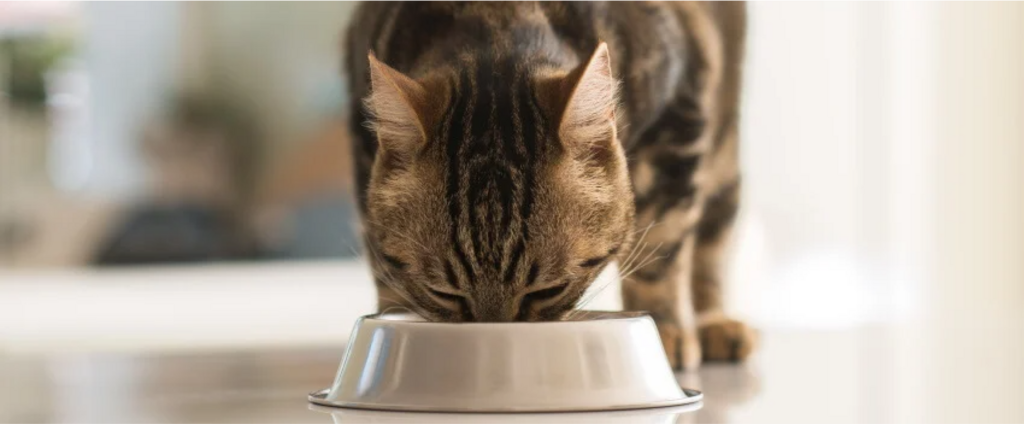
A Rotational Diet involves feeding a variety of different food types, be it different brands, protein sources or forms, instead of staying on just one type of pet food continuously. Owners may keep a variety of pet food diets on hand and change between these in a regular alternating pattern. Rotating your cat's diet daily, every few days or weekly, depending on what works for your family, can provide important health benefits.
The ideal rotation diet provides:
1. A variety of proteins (eg chicken, beef, fish, etc)
2. A variety of textures (dry, wet, freeze-dried, raw)
3. A range of different pet food brands
What are the Benefits?
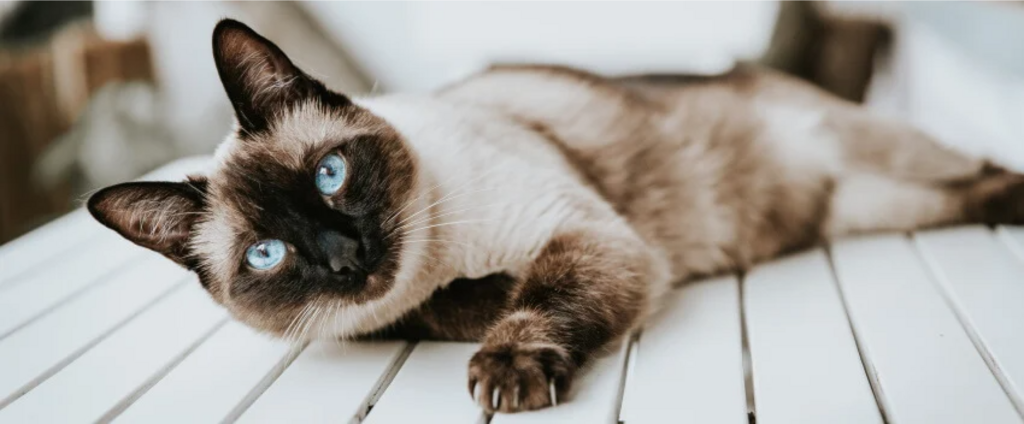
1. Reduced Risk of Allergies
Rotational Diets were first introduced in the human nutrition world for people with food allergies or intolerances. Scores of people worldwide have anecdotally reported that by implementing a rotation of different food groups over a period of a few days, their food allergy symptoms significantly reduced. The intention is to allow a person to eat a wide range of food types, but ensure they leave 4 days between eating the same food twice. By providing short exposure to potential allergens, this helps keep up a tolerance without over-exposing, and helps treat current food allergies.
While research into the field of rotational diets in animals is limited, many pet owners who have adopted this human-recommended diet report that it works extremely well for their pets with sensitivities, and reduces their risk of developing further food intolerances. Some top nutritional experts in the veterinary academia world are also starting to advocate the theory.
Sometimes, when a cat owner discovers their pet is allergic to one component of the food, such as chicken, they will swap over to a diet containing only beef and feed this exclusively. Unfortunately by doing this, the pet can actually develop a sensitivity to this new protein. Instead, it might be more beneficial for that pet to move onto a chicken-free diet that rotates between other protein sources varyingly.
Got an itchy cat? We've got plenty more tips to help you out! See our veterinary written article Causes of Itchy Skin In Cats.
2. Variety for Fussy Eaters
Just like us, pets can get bored with the same flavour and texture for every meal. This is especially applicable in cats, who crave variety due to their instinct to naturally seek a different prey animal to hunt every day.
Offering a rotation of proteins, as well as a rotation of textures, can help keep your cat interested and happy!
For more information, check out our guide to How to Feed a Fussy Cat.
3. Promotes Good Digestion
A healthy gastrointestinal tract relies on 'good' bacteria to aid digestion. Varying the ingredients in your cat's diet enables a wide range of good bacteria to establish in their gastrointestinal tract, which can aid good digestion.
4. Ensures a Complete and Balanced Diet
While most pet foods are formulated to meet guidelines, different brands can vary greatly in nutrient content, particularly for components such as amino acids, vitamins, minerals and fatty acids. Varying the diet that your cat is eating ensures that they are receiving a full spectrum of these essential ingredients.
Unfortunately, even the most premium pet food manufacturers can make mistakes. A rotation diet can help protect your pet in case a manufacturer produces a vitamin deficient or nutritionally imbalanced batch and issues a recall (which is rare, but can happen from time to time). Take the 2017 case of recalled thiamine-deficient 'BFF' brand cat food as an example. Most of the cats who became ill from the recalled food were fed the diet exclusively, with nothing else. Without other balanced diets to draw thiamine from, these cats suffered from thiamine deficiency and consequentially became seriously ill.
If your pet is fed a rotation of a few different diets, they can draw nutrients from multiple sources. This means that in the case of any vitamin deficient batches produced by one manufacturer, your pet will have other diets to fall back on.
Open Farm
Open Farm, exclusive in Australia to Pet Circle, is redefining what it means to create premium nutrition for pets. Not only are Open Farm diets made with top quality proteins and superfoods, but every product is proudly produced with a focus on transparent sourcing and traceability, humane production animal welfare standards, ethically sourced ingredients, and sustainable fishing practices in line with Ocean Wise Standards.
Choose from grain-free, highly palatable dry cat food recipes such as Wild Caught Salmon, Whitefish and Turkey, with a range of complementary Wet Foods in each flavour. Feeding your cat a rotational diet has never been so easy.
- Key Benefits:
- Premium, Natural Ingredients
- Transparent, Ethically Sourced and Sustainable
- Grain-Free, with No artificial flavours or preservatives
Rotation Diet Examples
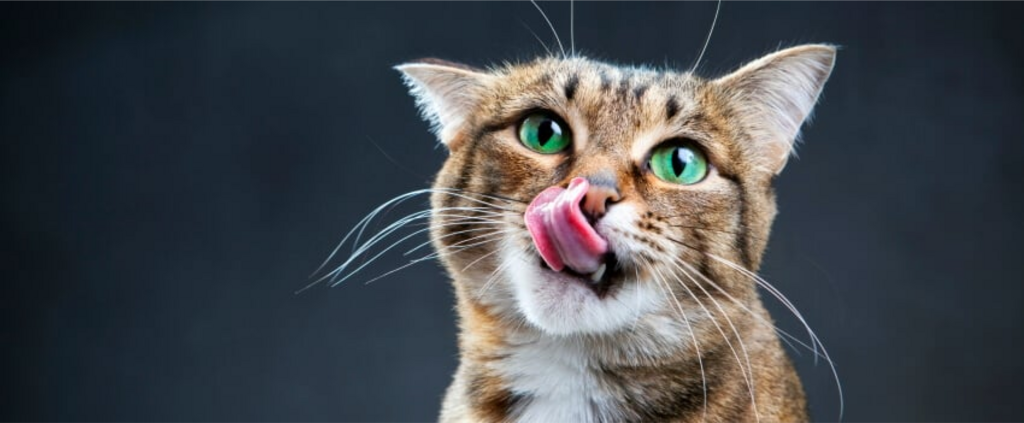
Below are some examples of rotation diets that are suitable for different ages and to support different conditions. Each diet has been recommended 4 options, with variation in protein sources, texture and brand.
Healthy Kitten
Hills Kitten dry food + Open Farm Wild Caught Salmon dry food + Ziwi Peak Mackerel and Lamb wet food + Feline Natural Beef and Hoki freeze-dried food.
These four diets consist of two dry diets, one wet and one freeze-dried food. The proteins are different in each formula - with chicken, mackerel, lamb, beef and salmon all provided for. Each food meets the requirements to support growing kittens, and is of a very high quality, with a variety of carbohydrate sources.
Healthy Adult Cat
Royal Canin Dental Care + Ivory Coat Chicken and Kangaroo dry food + Ziwi Peak Venison Air-dried food + Zealandia Salmon Pate Wet Food.
This rotation consists of two dry diets, one air-dried and one wet diet. Wet diets are particularly beneficial for cats, as the increased water content helps maintain bladder health. The proteins are different in each formula - with fish, kangaroo, chicken, and venison all provided for. Royal Canin Dental Care is included to help maintain good dental health, as it is notoriously difficult to clean your cat's teeth! Each food meets the requirements to support adult cats and is of a very high quality.
Adult Cat with Weight Issues
Advance Healthy Weight dry food + Pro Plan Weight Loss Salmon and Tuna dry food + Royal Canin Light Weight Care wet food + Hills Perfect Weight wet food.
These four diets consist of two dry diets and two wet diets. The proteins are different in each formula - with turkey, chicken, salmon and tuna all provided for. All are premium quality and are formulated to be 'light' formulas for weight management.
How to Transition Your Cat
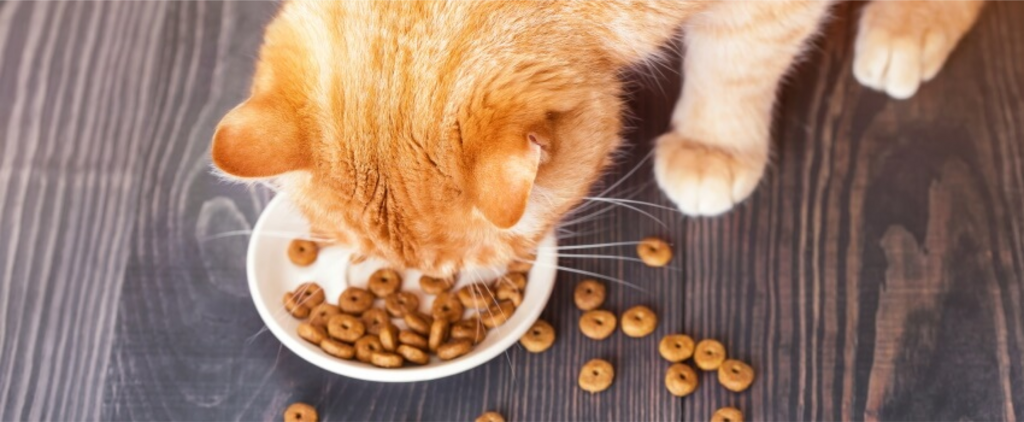
When starting a rotation diet, it's best to do things slowly to avoid tummy upsets. At first, stick to one food for a few days at a time and provide transition meals (half food A / half food B) when rotating. Eventually your pet's tummy will get used to it, and they will be able to eat a different meal every day, or every couple of days (depending on what works for you).
Looking for more information on how to transition your cat onto another diet? See our veterinary written article How To Introduce a New Food to your Pet.
Unique Protein Treats
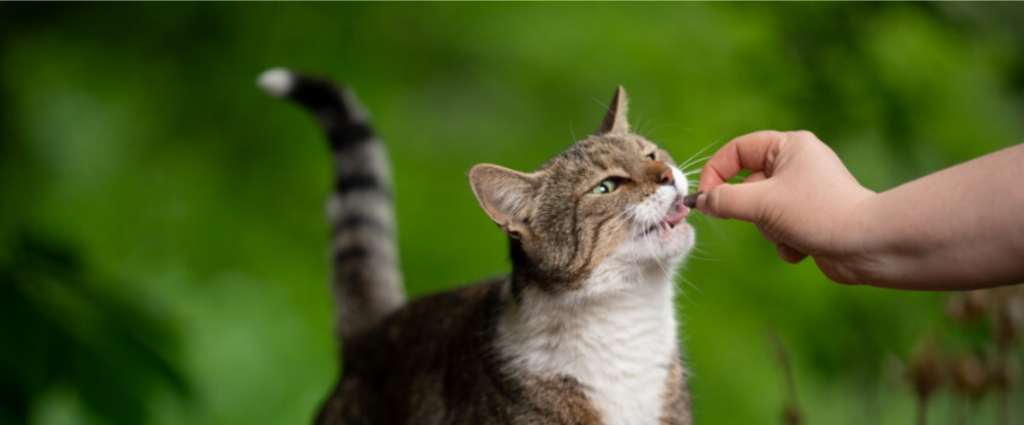
There are now a wide range of unique protein treats to complement a rotational diet, or just to add some variation to your cat's current diet. Unique protein treat options include Lamb, Duck, Kangaroo and Fish Protein.
*A rotational diet may not be suitable for all pets. Some pets require a prescription diet to manage medical conditions and should be fed this diet exclusively or as directed by their veterinarian. For more information on what diet is suitable for your pet please contact The Pet Circle Vet Squad or check with your regular veterinarian.
Further Reading
Want to read more? Check out our other articles:
Top Tips For Travelling With Your Pet
History
Our experts continually monitor the health and wellness space and we update our articles when new information becomes available.
Fri Mar 21 2025
Edited by Dr Teagan Lever BVSc (Hons)Dr Belinda Stancombe BVSc (Hons)
Veterinarian
Dr Belinda graduated from The University of Queensland in 2009 and has worked as a Small Animal Veterinarian for over 10 years in South East Queensland. She also has experience as a telehealh consultant, providing veterinary advice for online customers.She has a special interest in animal behaviour, preventative health, the human-animal bond and internal medicine. Outside of work hours she is closely affiliated with a kitten rescue and is also a devoted carer of orphaned rescue kittens.

